Search engine results are a deciding factor for any online business’s success. If you appear on top in searches for your related search keywords, you will generate astoundingly more business and add good clients. Whether you run an eCommerce website or a services company or blog, ranking on top of search results is the road to success for your business.
This is where SEO comes into the picture. SEO can help your business appear on top of the searches.
Let’s understand what is SEO, and how can it help you grow your business?
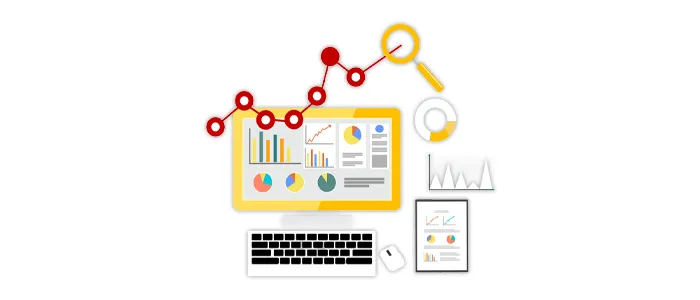
There are skills and practices you need to be at the top in any field. You will need to know more than a basic understanding of SEO to keep your site on top and relevant.
Let’s look at the most important information you will need when utilizing SEO to grow your site’s internet reach. What are the SEO best practices, and when can you start implementing them?
What is SEO?
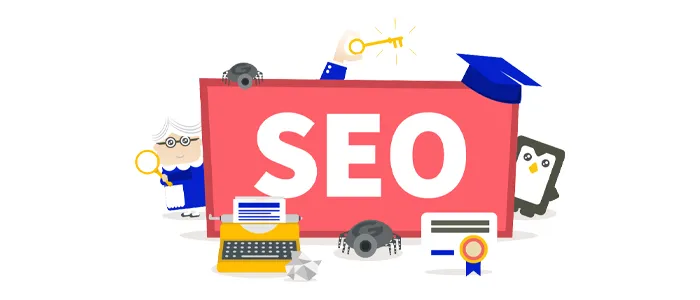
Whenever you search for something on a search engine, there are so many numbers of results displaying. It found in one study that 70 percent of people never go to the second page.
Most of the time, you’ll change the phrase you’re looking up just to ensure the result you want or expect is closer to the top. Can you remember a time you went to the second and third page?
Most people seem to be fighting for the first page. On the internet, the first three results in an online search appear to be the most coveted, and everyone will try to get there, and this is what is referred to as ranking high or at the top.
Businesses are willing to do anything to rank high, including paying to advertise at the top.
SEO is the exercise of getting actionable traffic to your website. This allows your website to grow organic rankings, which help to get more leads and customers, therefore boost your overall position. This creates a recurring loop where more targeted people find your site, thereby increasing business and helping you grow.
John doesn’t have the budget to pay for a good ranking, his best option would be capitalizing on SEO. You are similarly looking for effective ways to grow your business through SEO.
However, there’s more that goes into SEO to have a fruitful outcome, and how you can practically apply this info.
Also Read: SEO Trends You Need to Know in 2021
Is SEO different from marketing?
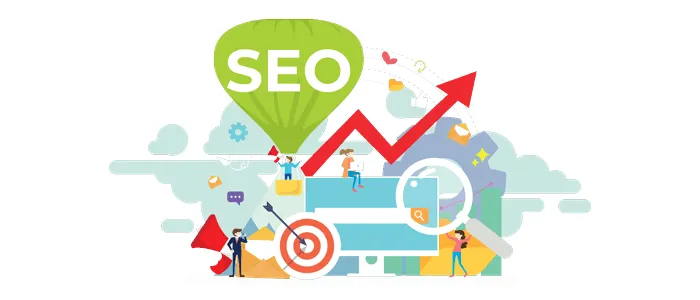
Both are slightly different. In SEO, you’re trying to create impactful content that draws in organic traffic. In essence, it is targeted marketing, where you use keywords to appeal to potential customers.
On the other hand, marketing is a broad term for the many strategies used to attract customers and business. SEO falls under marketing.
Every day, you will see people asking, “How can I improve my Google SEO?” SEO is not something you can just wake up and be good at. Here are some of the SEO Best Practices.
What are SEO Best Practices?
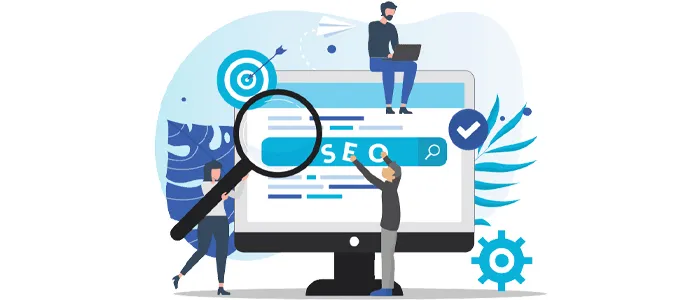
If you’re new to SEO, you’re likely wondering where to start. While looking at the SEO best practices checklist, keep in mind how they could apply to your business or online site.
If you’ve been asking, what are the most effective SEO practices to optimize online content? Here are a few practical tips.
1) Your keywords should appear in the headline and URL
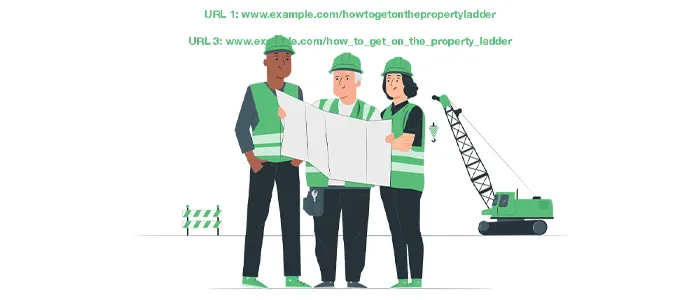
You have a chance to grab the attention of your audience with the headline. While you don’t want to be too general; otherwise, your presence will be missed.
The Thumb rule in writing headers is to not overdo the keyword. If you can get another keyword, use the better-suited keyword.
In one study, being ranked high in the SERP(search engine result page) can help you get more inquiries as over 90 percent of the people to use the search engines to make up their minds and to get more information.
Also Read: What is AMP and how can it affect your SEO campaign
Keywords best practice
1) The title should be original and catchy and don’t stuff all your keywords in the title.
2) Use the words and phrases that resonate with your target audience.
2) Use LSI keywords in the content appropriately
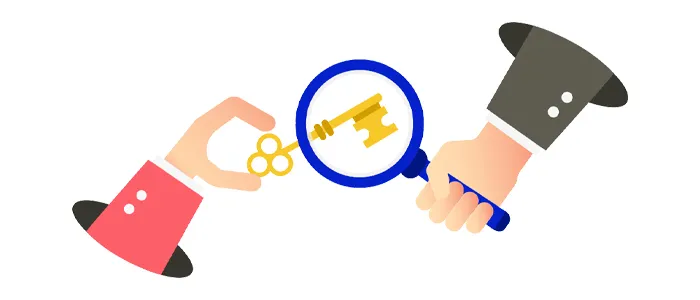
Latent semantic indexing(LSI) is best to rank for words and phrases closely related to you as it increases your target reach. When you use different words and closely related phrases, Google and other search engines can understand you better and increase the chance for you to rank for the various keywords as well.
LSI keywords best practices
Don’t overuse the LSI keywords and ensure the word is indeed related to your content.
At SEOPressor, we use the tool LSIGraph to generates a list of LSI keywords according to the main keyword you entered. As the name suggests, the use of the LSIGraph tool to do keyword research for SEO purposes.
It is a fantastic and handy tool for everyone looking to beef up on their SEO effort. The LSI keyword suggestion is our tool SEOPressor connect WordPress plugin is also powered by LSIGraph.
Also Read: How To Write SEO Friendly Blog Post For More Organic Traffic
3) What should you put in the Meta description?
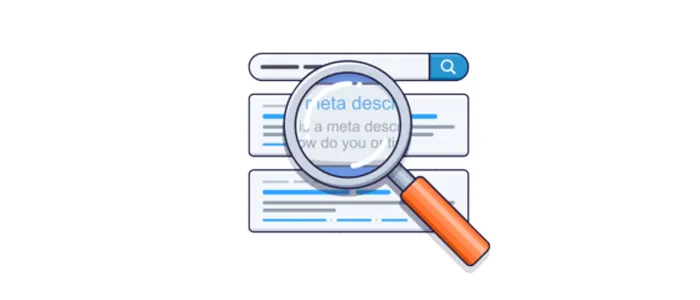
Meta descriptions are key to your SEO strategy, it is the short write-up below the title. If you don’t have a customized Meta description, Google will automatically cut off a piece of the write-up, which acts as the description.
SEO best practices Google on Meta description
Each meta description should be unique, it should be clear, direct, and convincing.
Don’t use quotes or non-alpha characters as the Google logarithm will just cut them.
4) Optimize your image
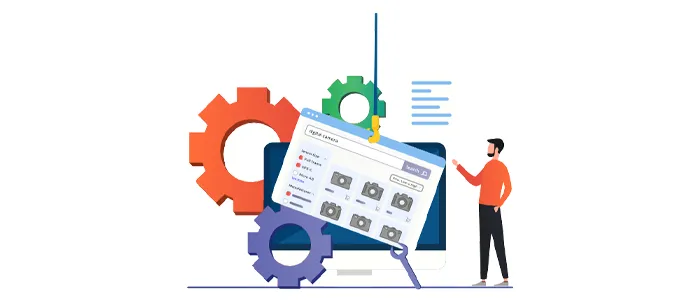
Simply put, the alt text acts as the name of the image in your write-up. Remember your images also need an alt text, to include alt tags in all your images, you’re also increasing the web page’s accessibility other than improving the SEO best practices.
The text reads as actual text, and correct optimization can help your ranking as well as those with impaired vision and need to use a screen reader.
You can edit your image’s alt text easily in the media library if you can use WordPress as your content management system.
Image optimization best practices
Don’t overuse the keywords in the description and non-alpha characters in the alt description.
The text should be descriptive enough.
Also Read: 5 Notable SEO practices that will make Google Hurt your site
5) Utilize your header tags and keyword phrases

Headers have an important place in SEO writing. You’ve seen H1, H2, and H3 when researching content writing, these are headers and subheaders, can help you rank better on Google and other search engines when utilized correctly.
We do use headings when it comes to search. But we use them to better understand the content on the pages. – John Mueller
This is because having headers in your content and pages helps search engines like Google navigate and understand them better.
When creating a new block, you have the option to create a heading, which you can easily switch between H2, H3, and H4 type headings. You can edit the header settings for your content easily by using WordPress, specifically their block editor.
Header tags and keyword phrases best practices
Clever use of headings can greatly help your readers to easier skim through your content.
The importance of the headings H1, H2, H3, H4 should be in descending order.
Have your primary keyword phrase as part of the H1 tag.
Also Read: How Cloud Hosting Affects SEO?
6) How easy it is to read your content?
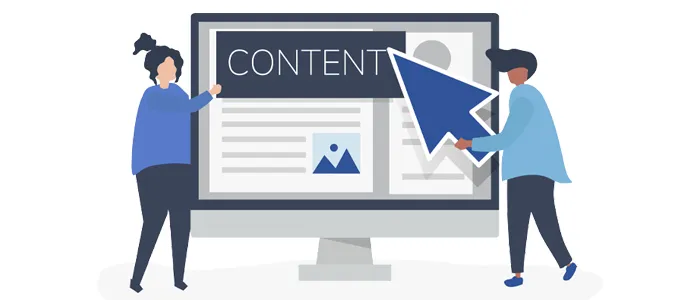
Google tracks how long someone is on the page and their progress on your site. A short stay means they did not find what they were looking for, or the content is too complex.
It is good to keep your content organized in a way that the main points are clearly labeled and delivered.
Easy writing best practices
Use bolding and bullets to break the large paragraphs but do not overuse them.
Use short and engaging sentences and paragraphs.
Also Read: 10 SEO Tips For Ranking Higher Your eCommerce store
7) Internal linking boosts your SEO rank

As the name suggests, Internal linking is when you link to other pages on your own website. Internal linking is an effective and powerful way of suggesting to your potential customers what could benefit them later.
Search engine spiders follow through the hyperlinks on your pages. That helps search engines understand which pages are related to each other when you link from one page of your website to another page of your website. And when search engines understand you better, you are on the way to a better ranking.
Internal linking best practices
– Only link when necessary or when the link could benefit the reader
– Choose a piece of text that talks more about what you’re linking to (anchor text)
You can check all internal links on your site using Website Crawler by Sitechecker.
8) Link to other credible sources
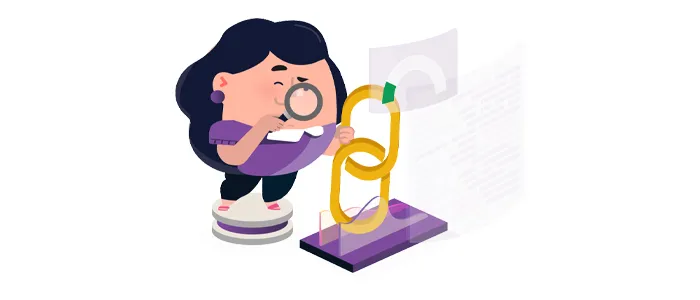
It is harder for Google to recognize you, or what your website is about. When you link to outbound links(external sources), it helps the search engine identify your topic quickly.
Outbound linking best practices
Don’t link back to competitor sites. Only link back to credible and authoritative sources.
9) Create engaging titles
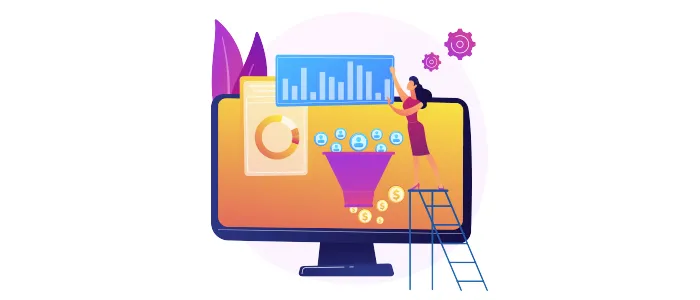
The right title can do wonders for your SEO strategy. If it’s falsely misleading, dull, and unappealing, people will leave soon as they click, and this hurts your SEO practices.
Titles best practices
Don’t use misleading or clickbait titles.
Have an engaging and clear title and good use of emotion-evoking headlines.
10) The content should be informative

Last, but not least, is the content itself. You should ensure the content you are putting out there is of benefit to the reader.
Informative content best practices
Use language and tone that appeals to your target audience and keenly research your topic.
Conclusion
What tip are you eager to try? What are the most effective SEO best practices to optimize online content? These are some of the most common questions people have when getting into the online scene. This piece shows how to employ SEO strategies to help build your brand. If you’re looking for a more structured, hands-off approach, choosing an affordable SEO package can simplify the process by providing expert guidance, proven tactics, and consistent growth without the guesswork.



















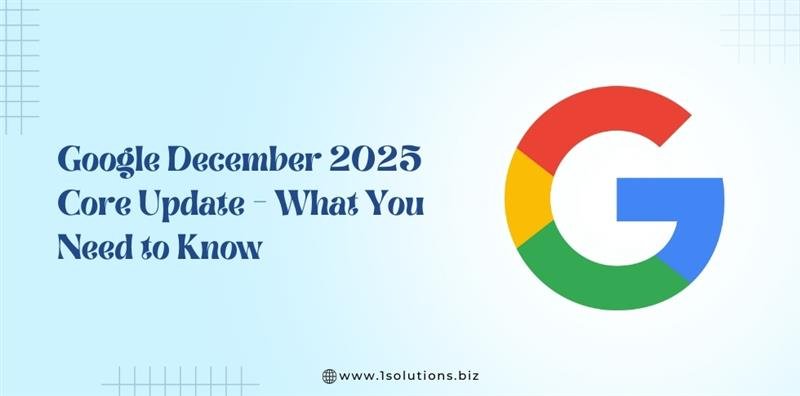
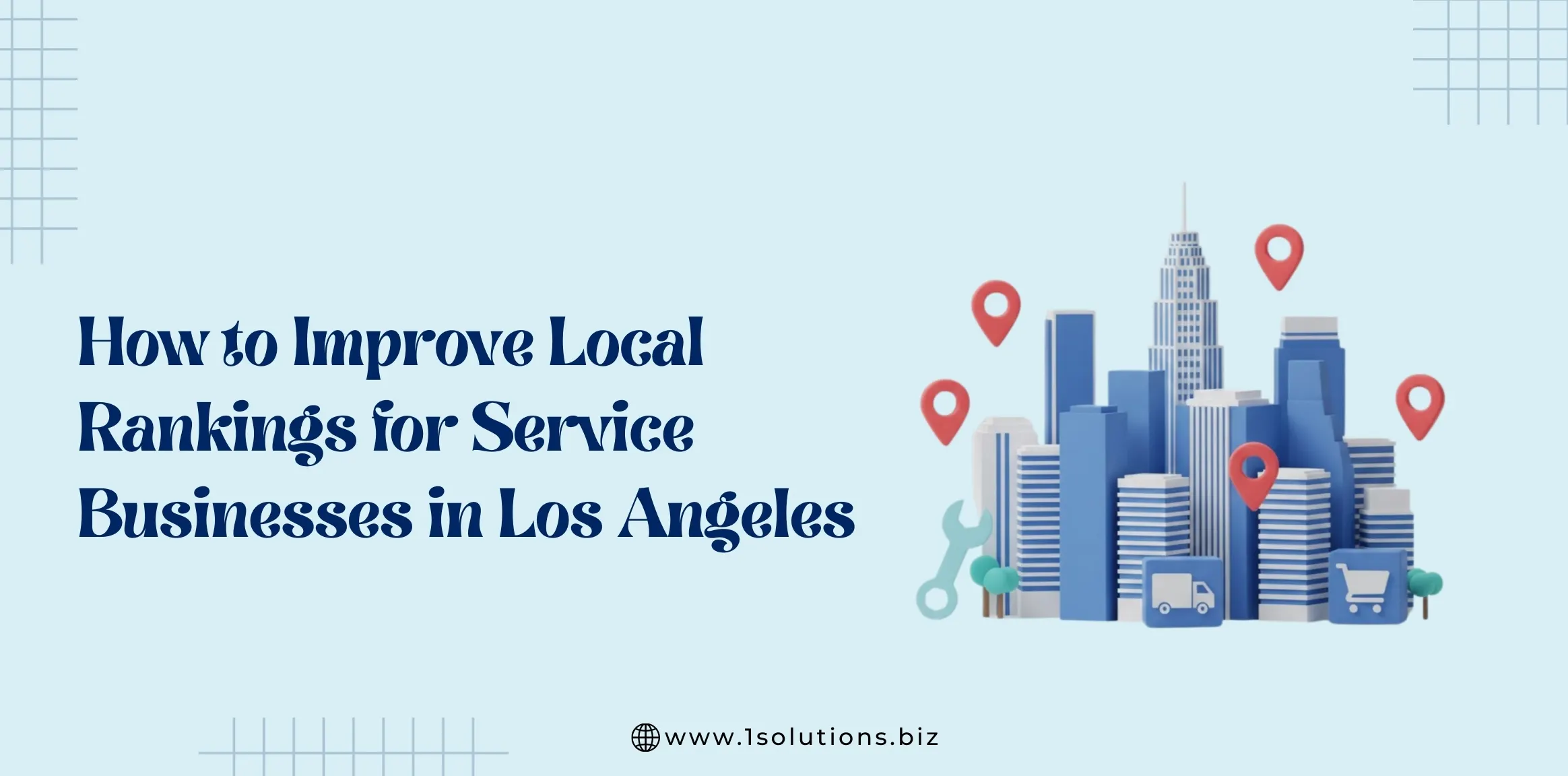
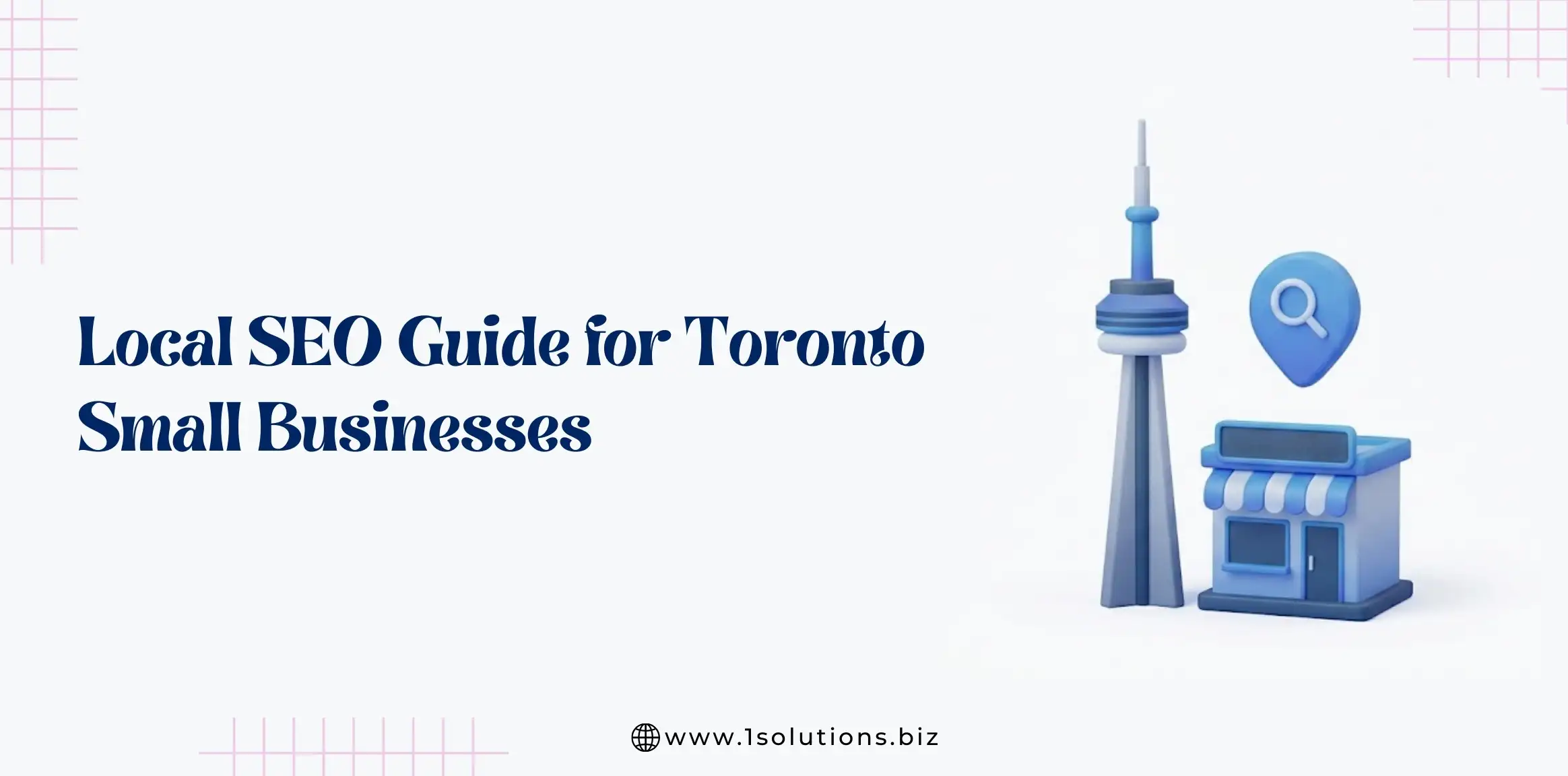
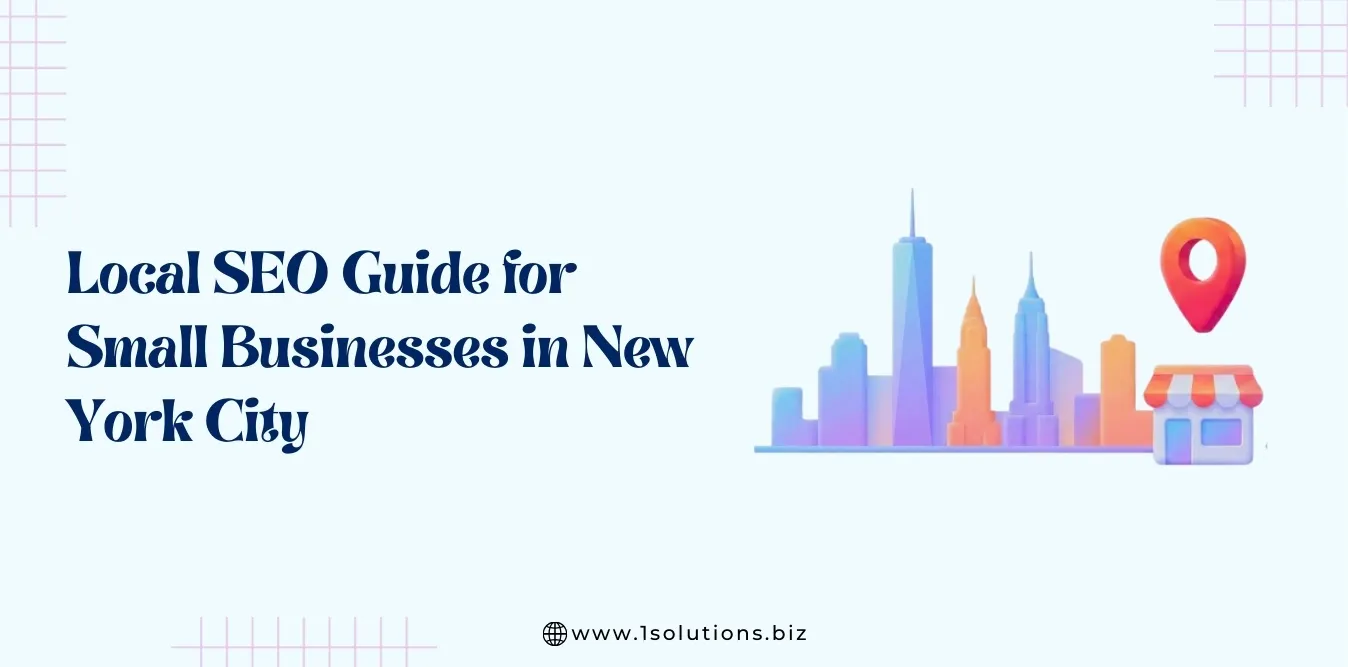
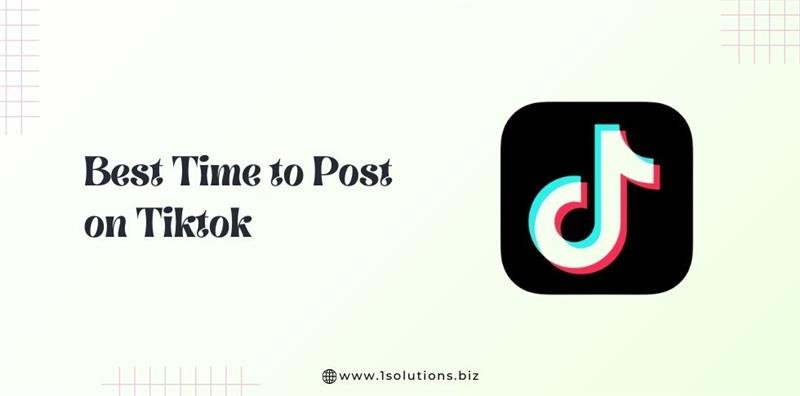
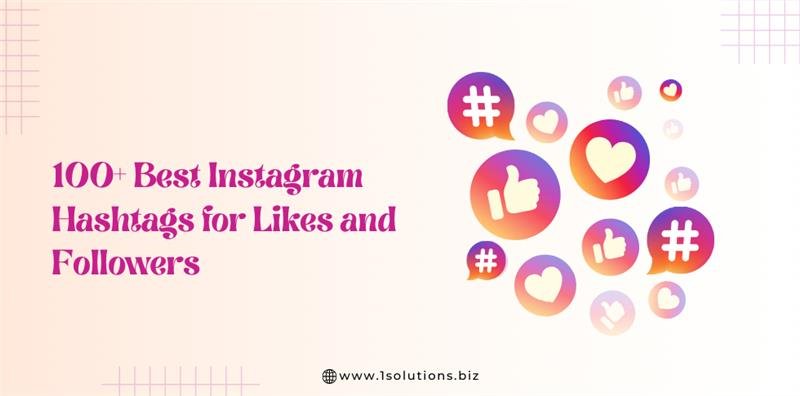
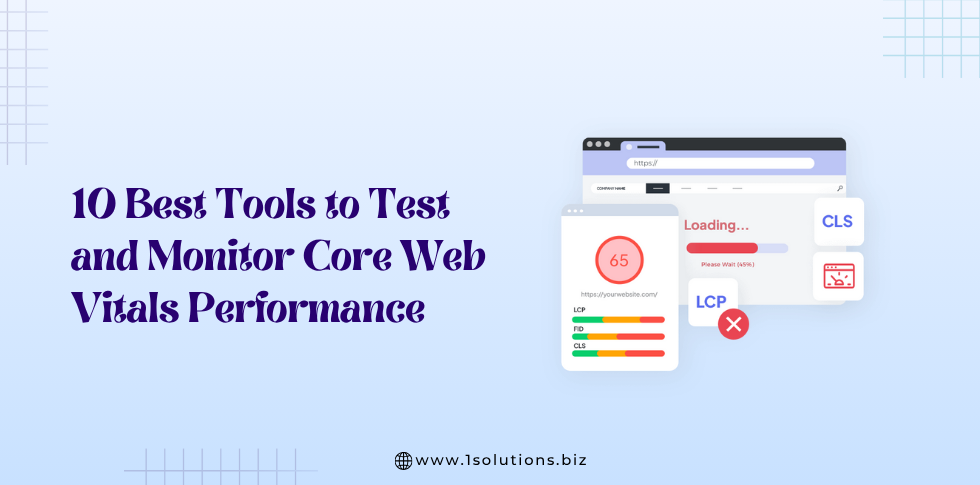




 in India
in India